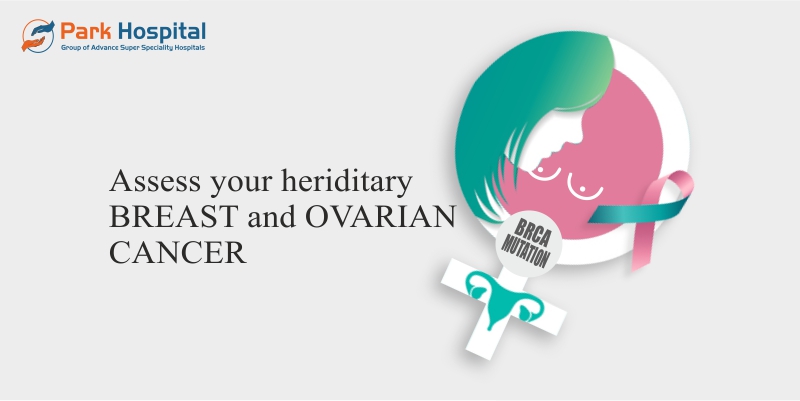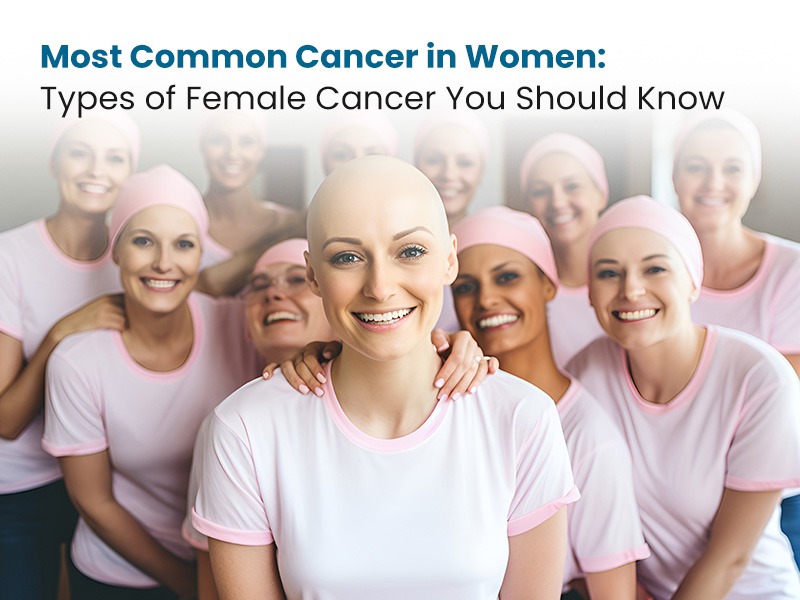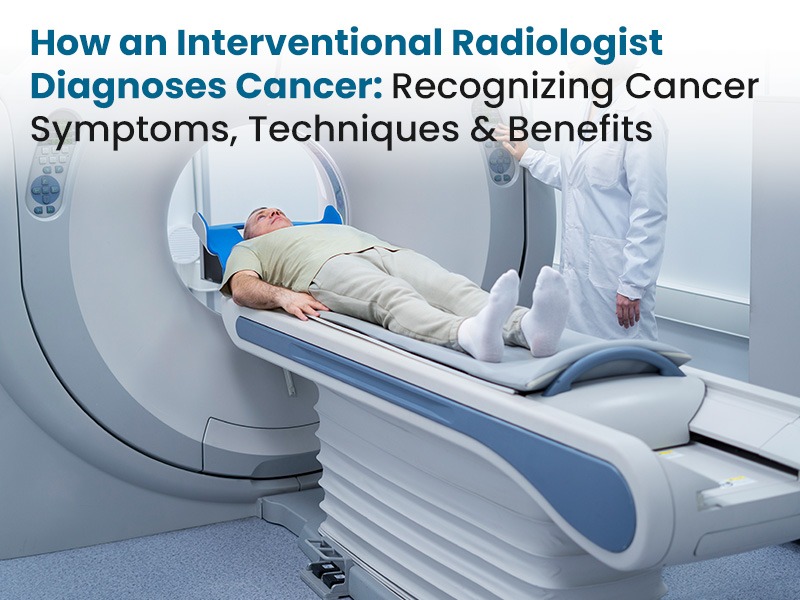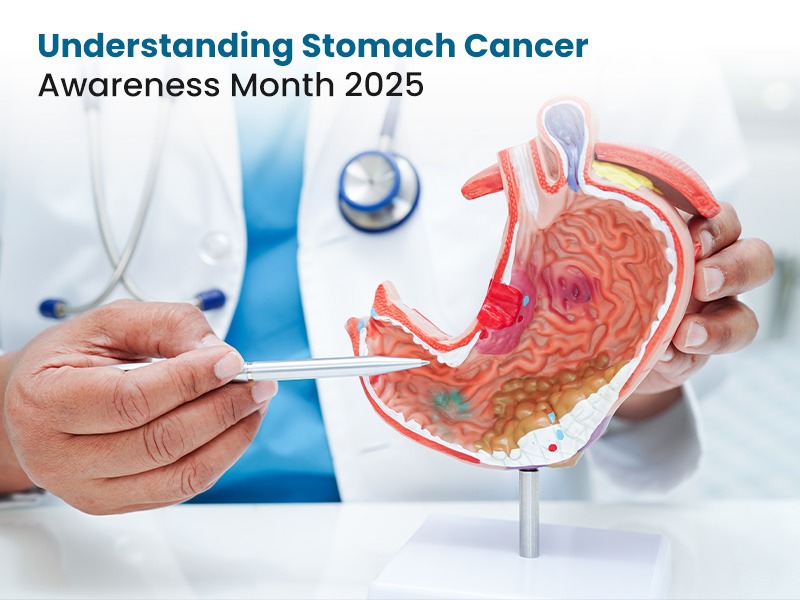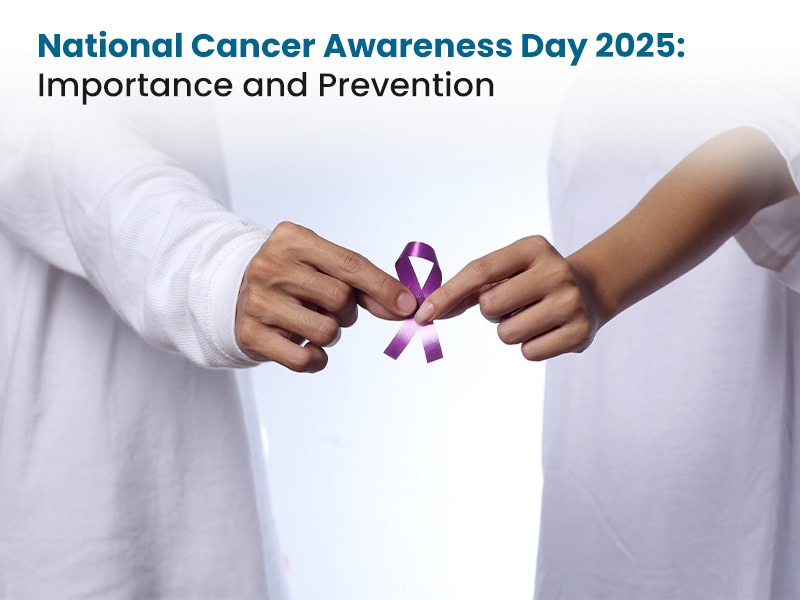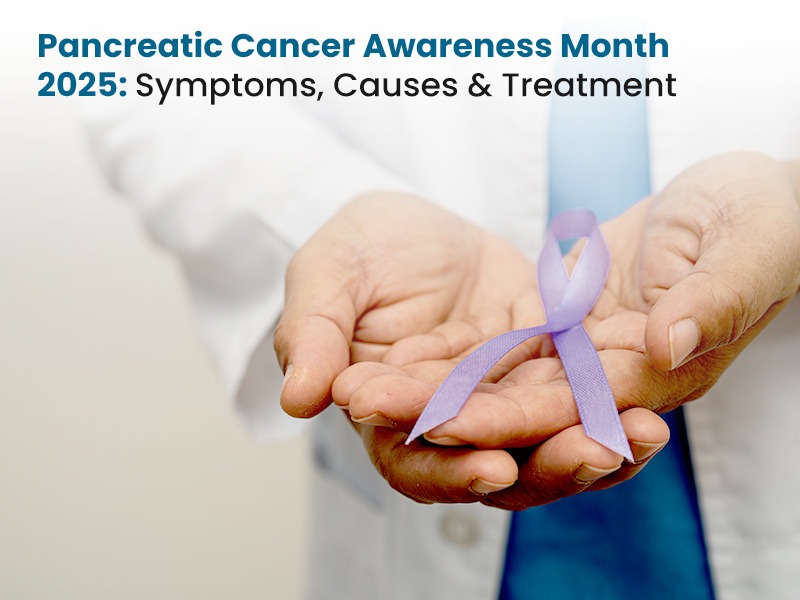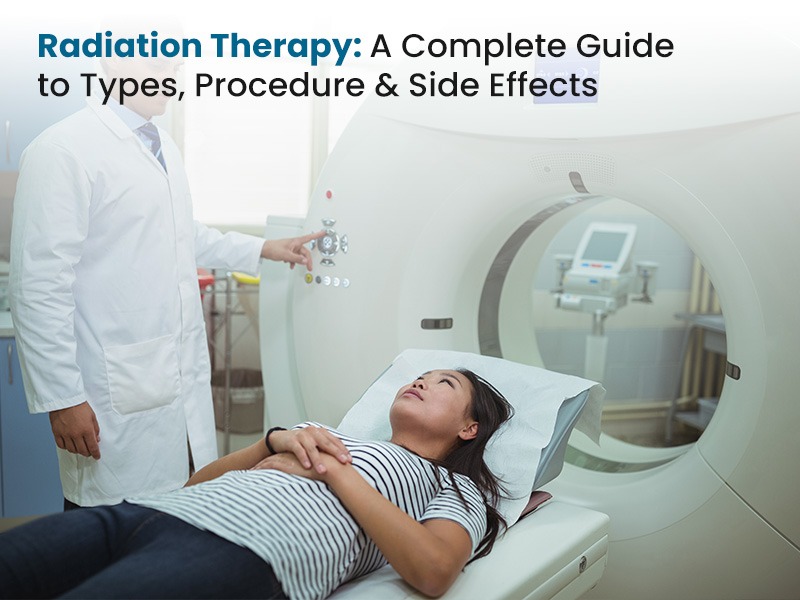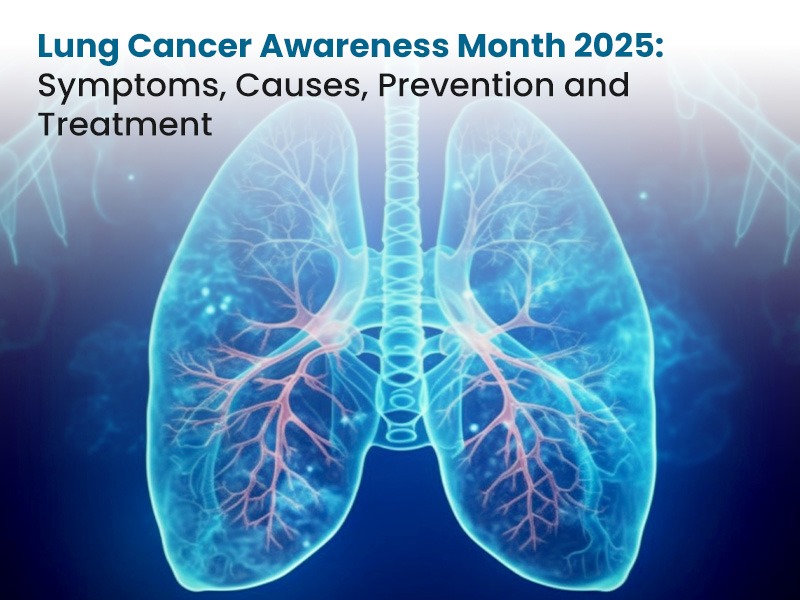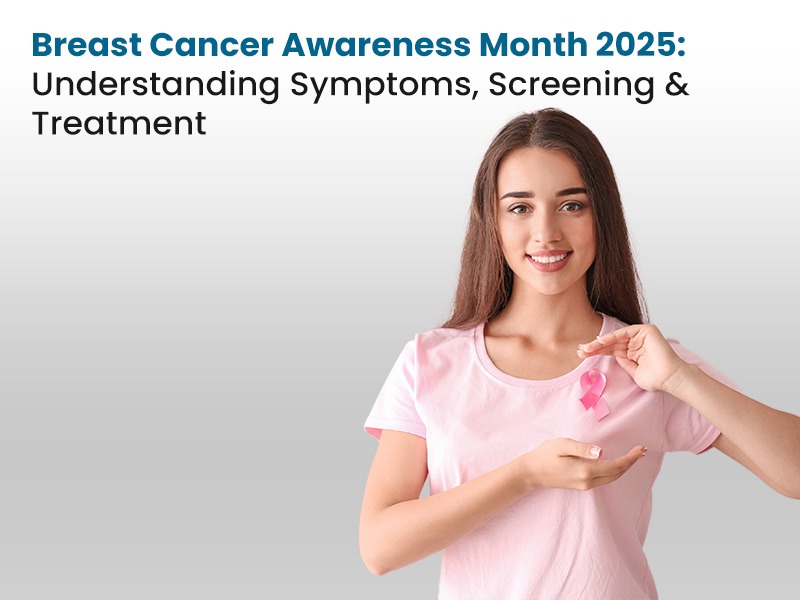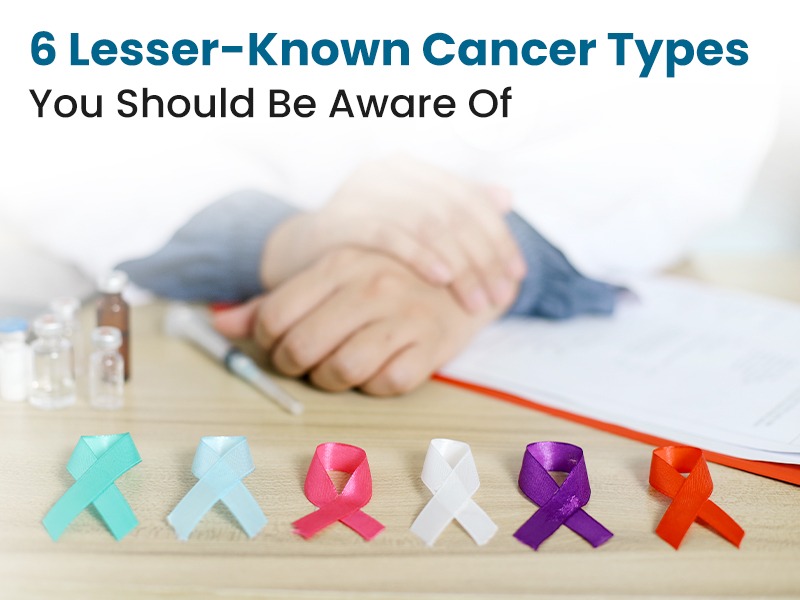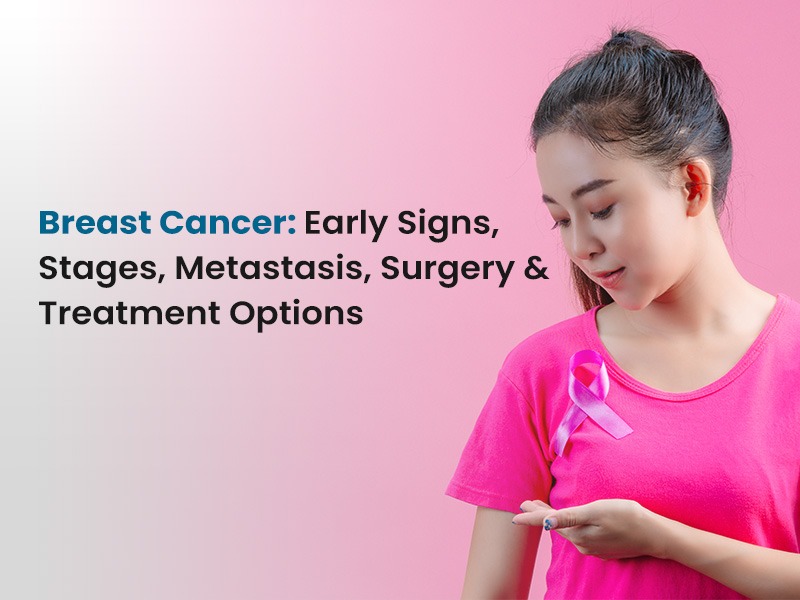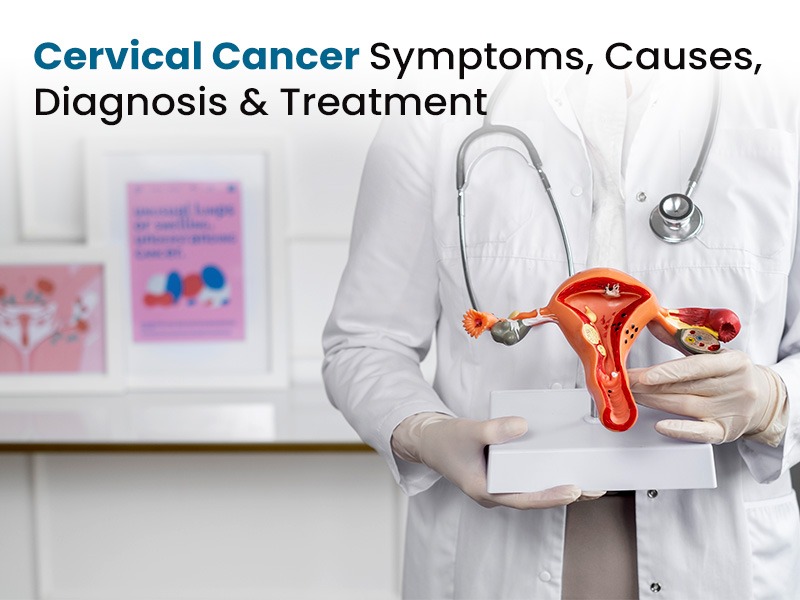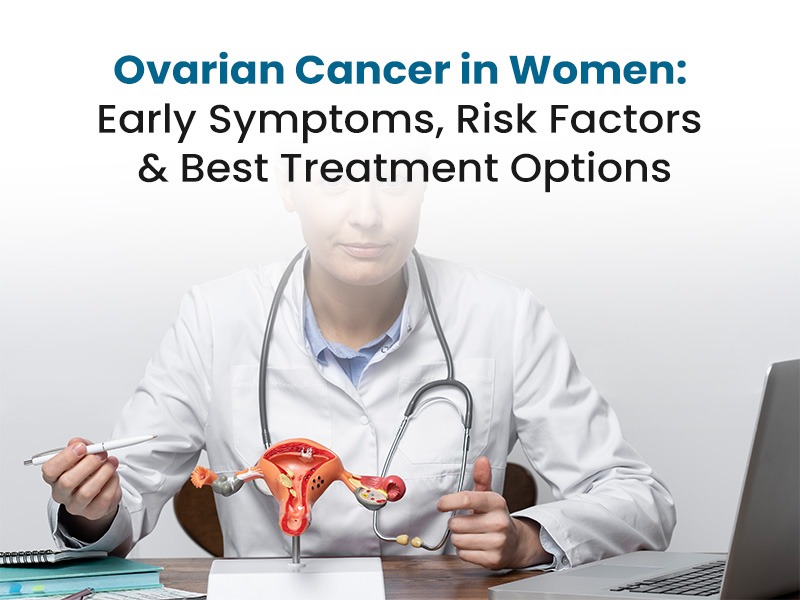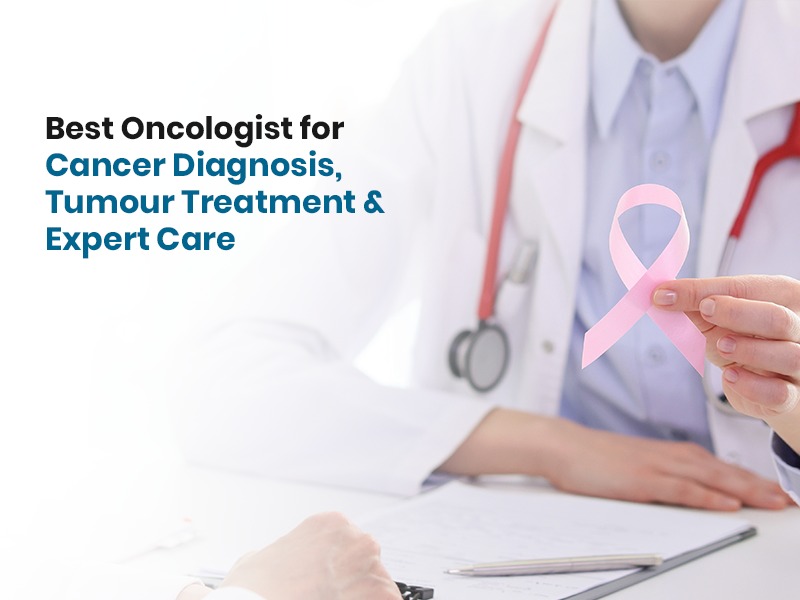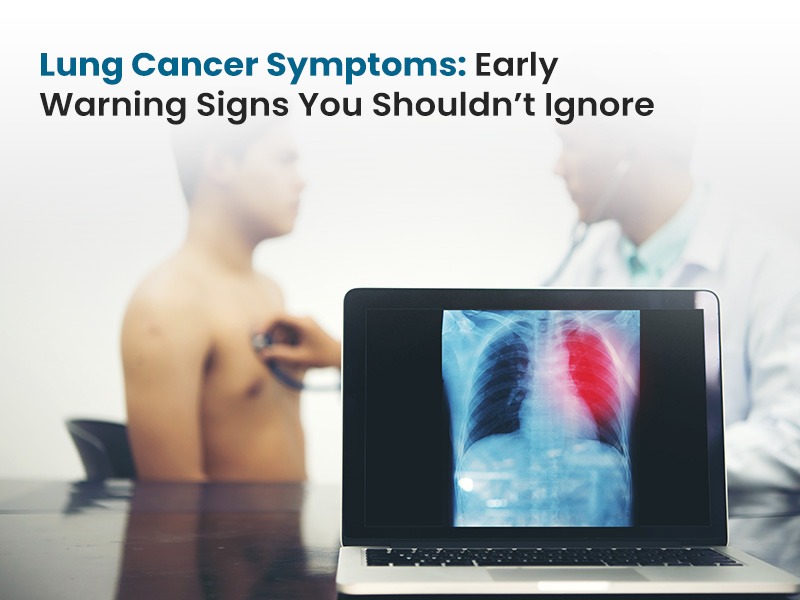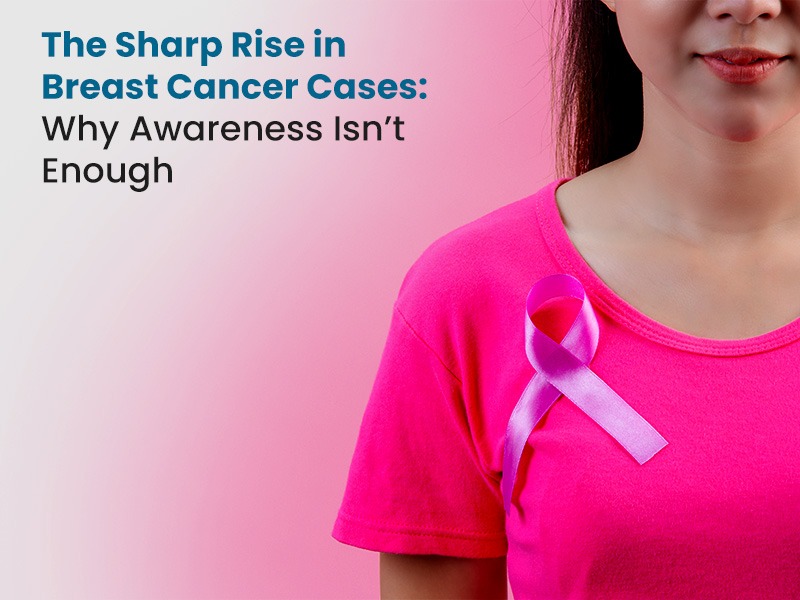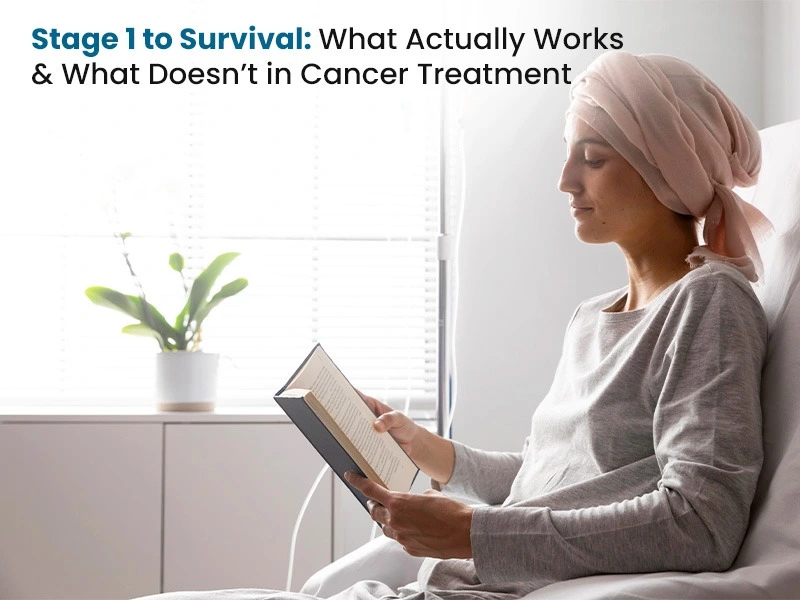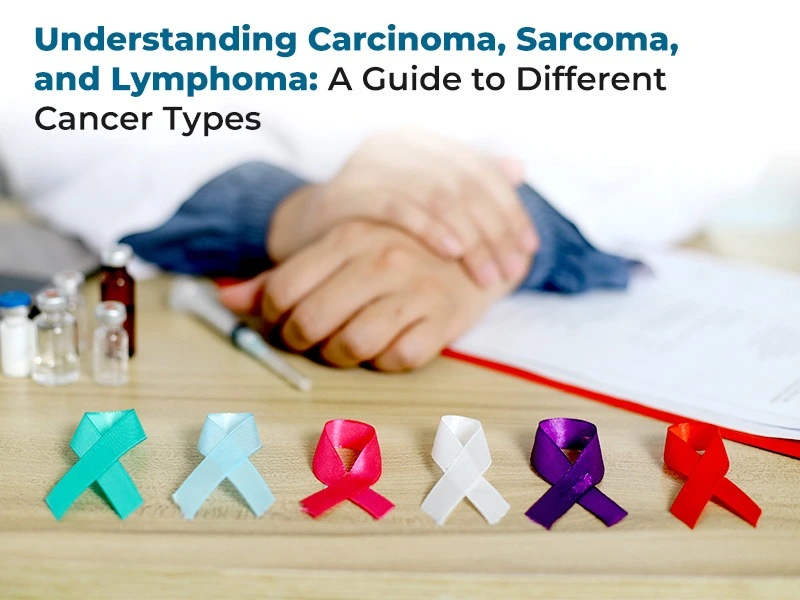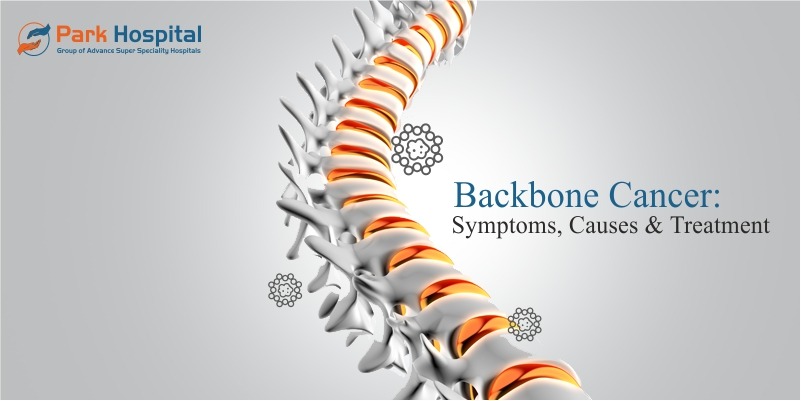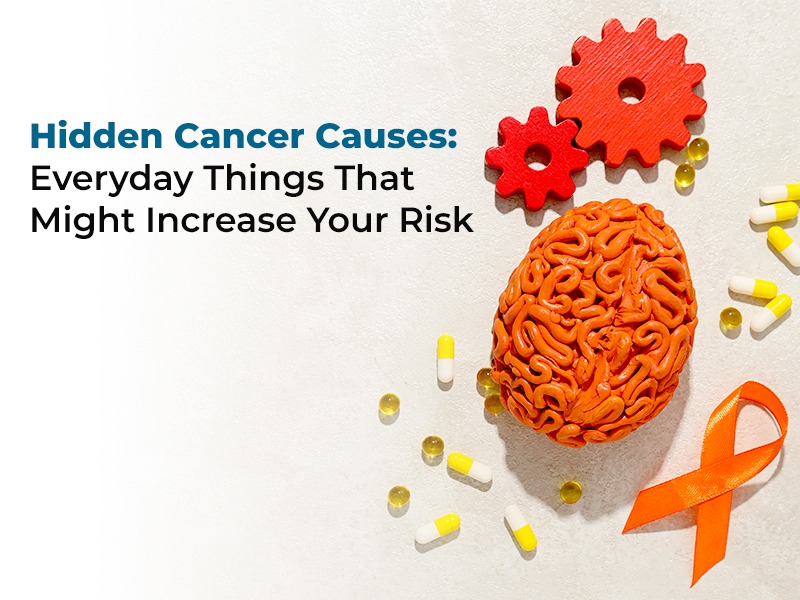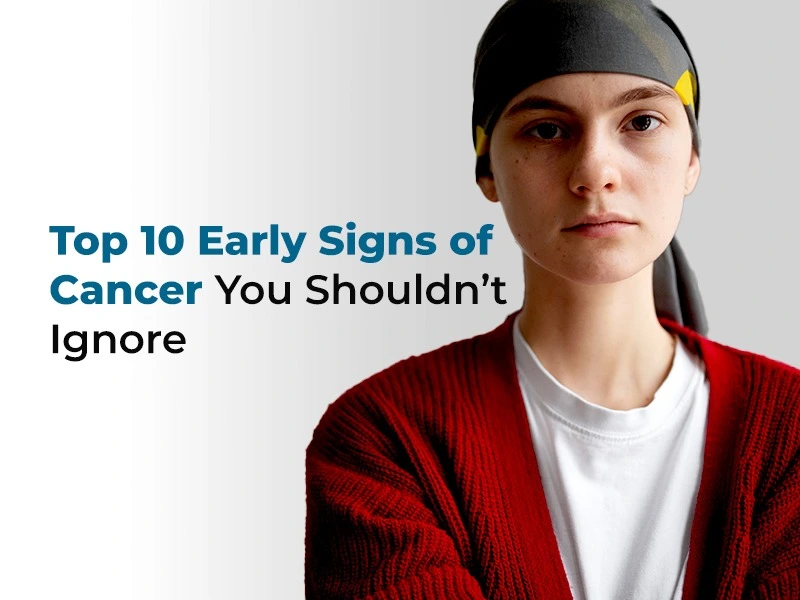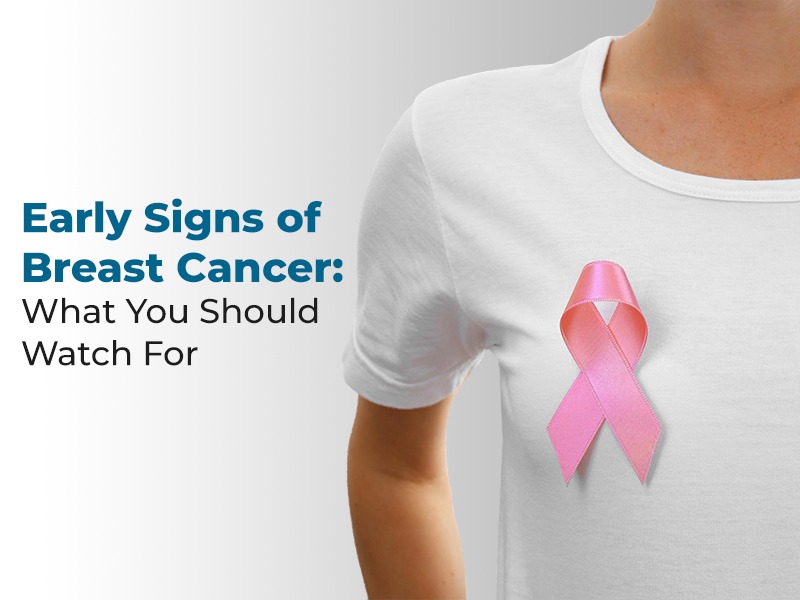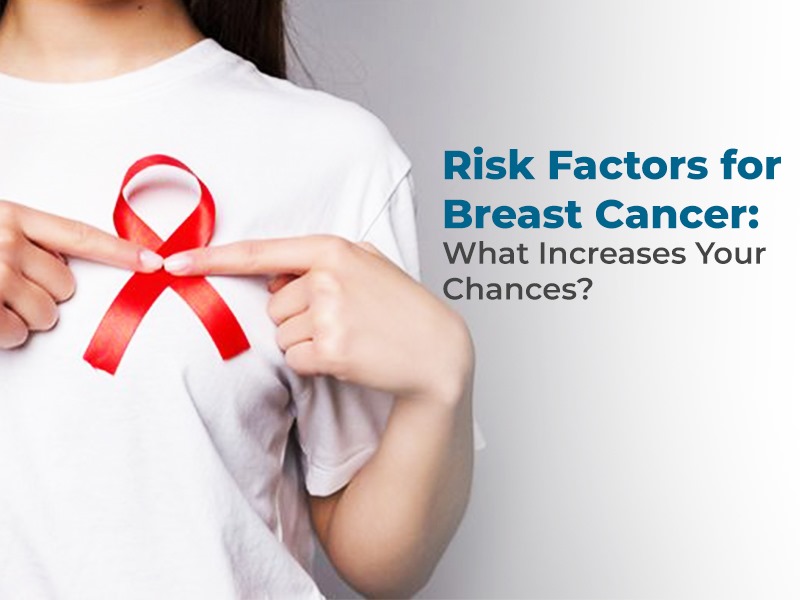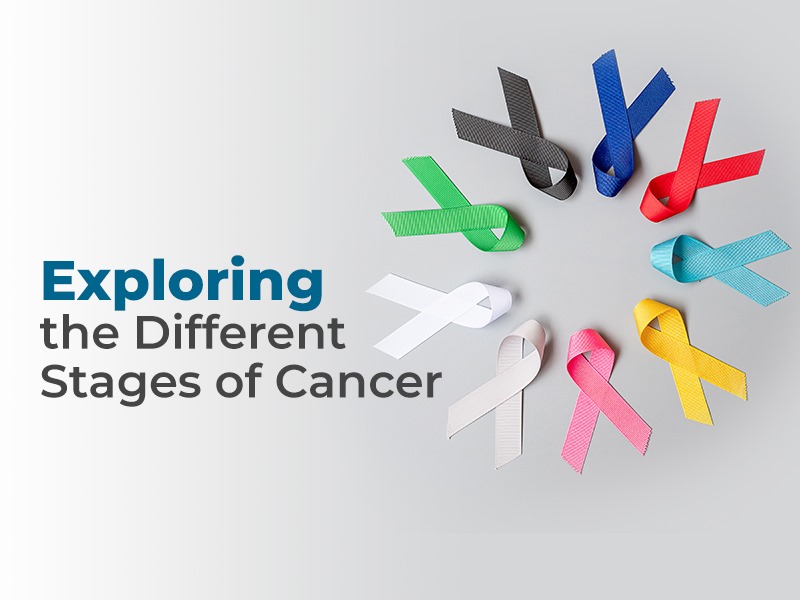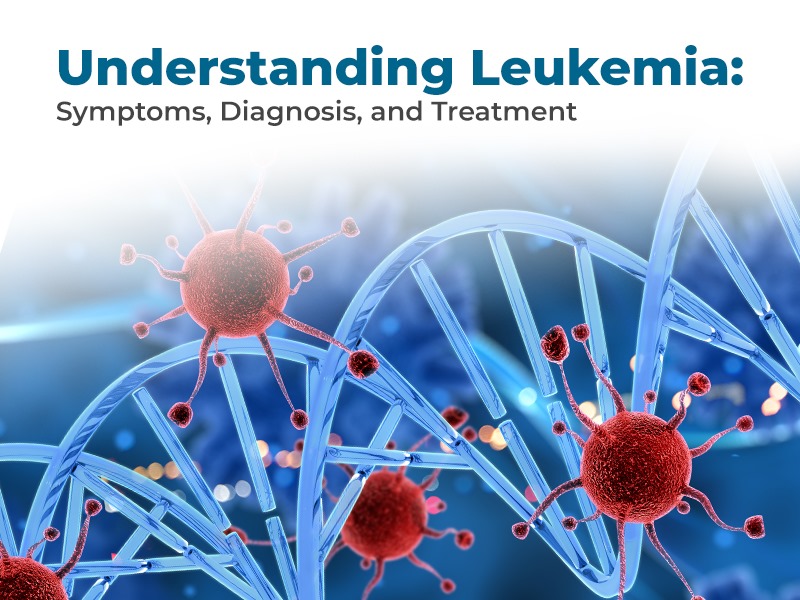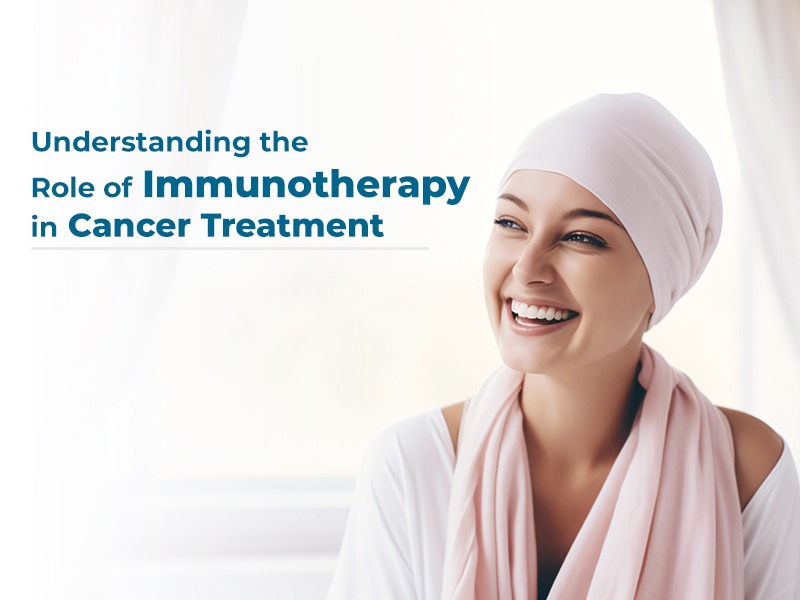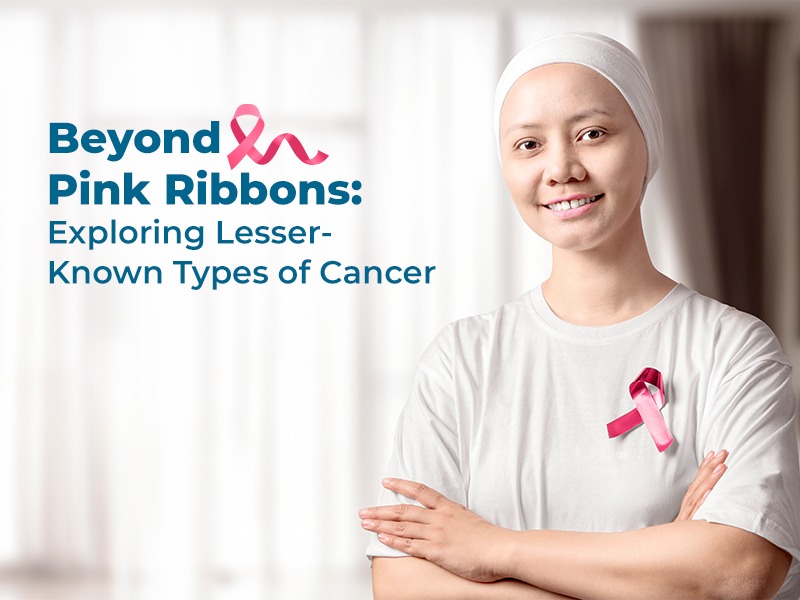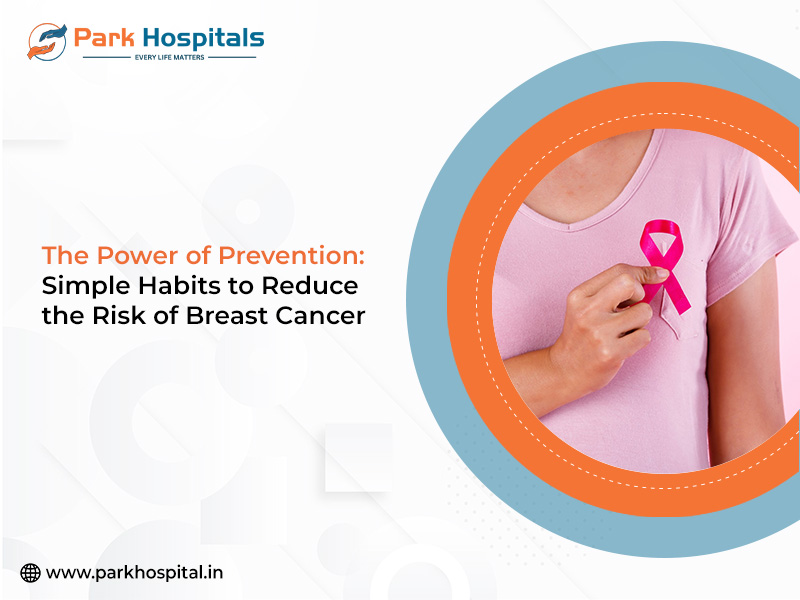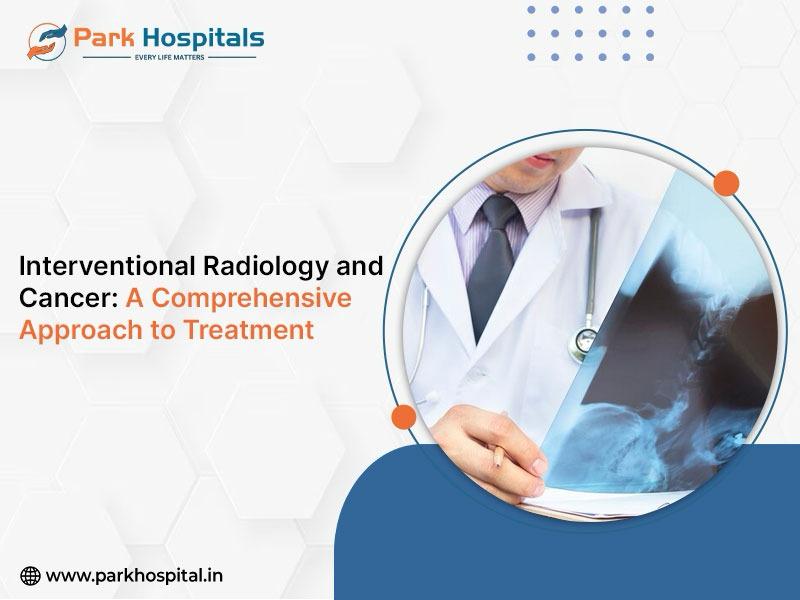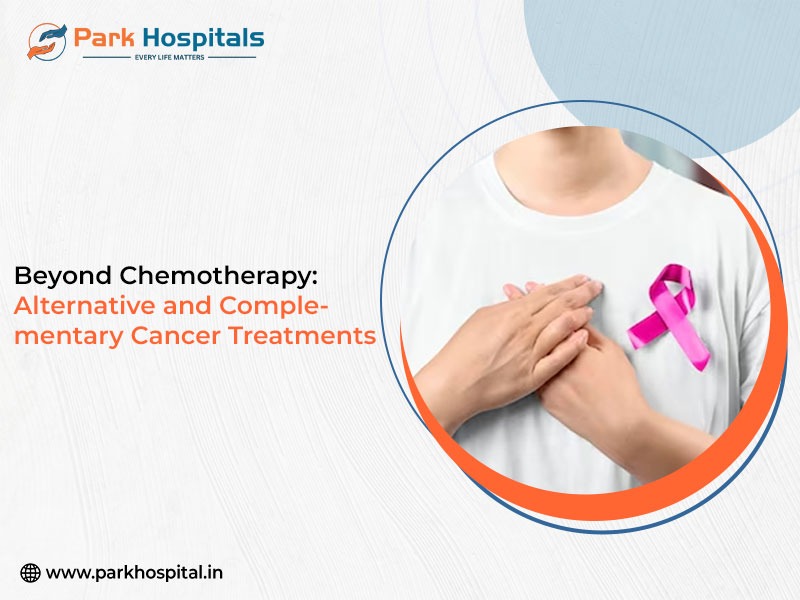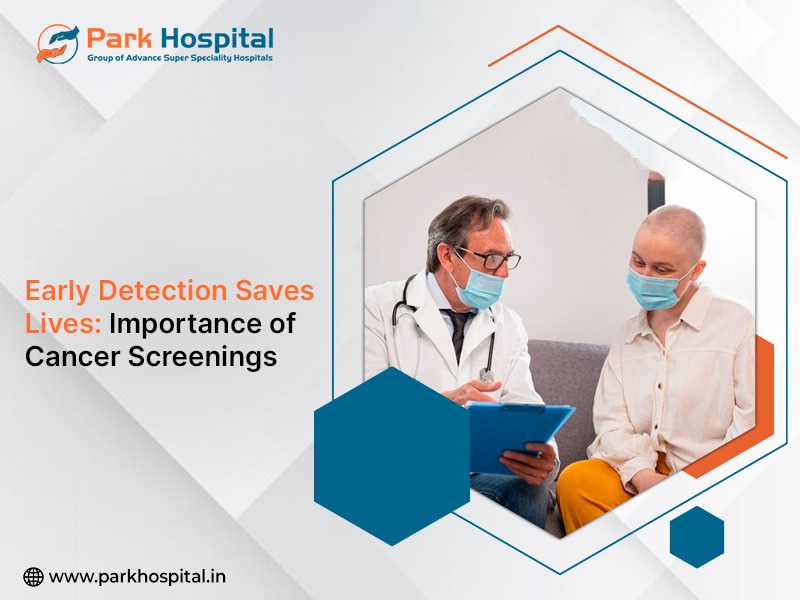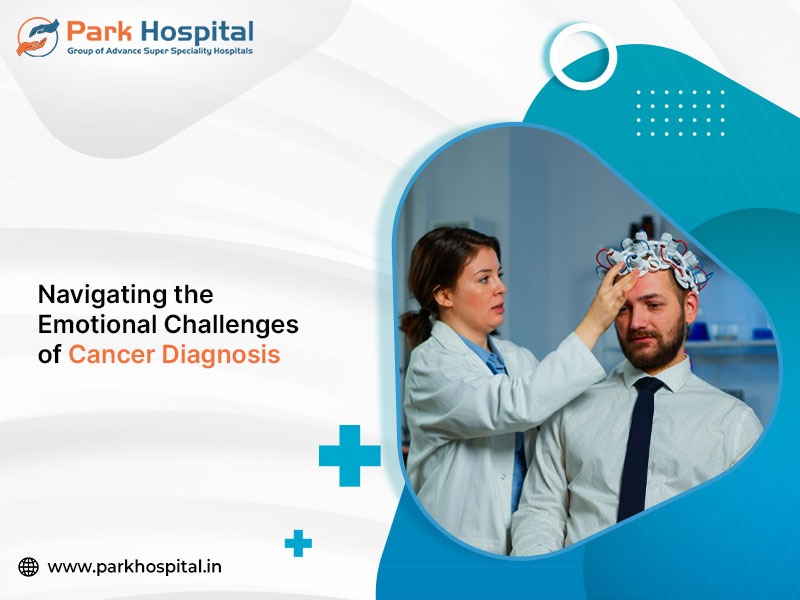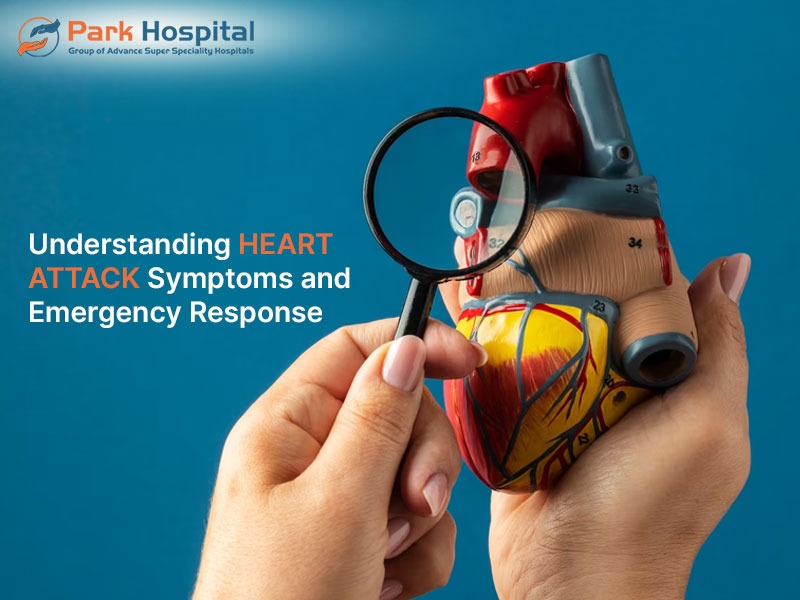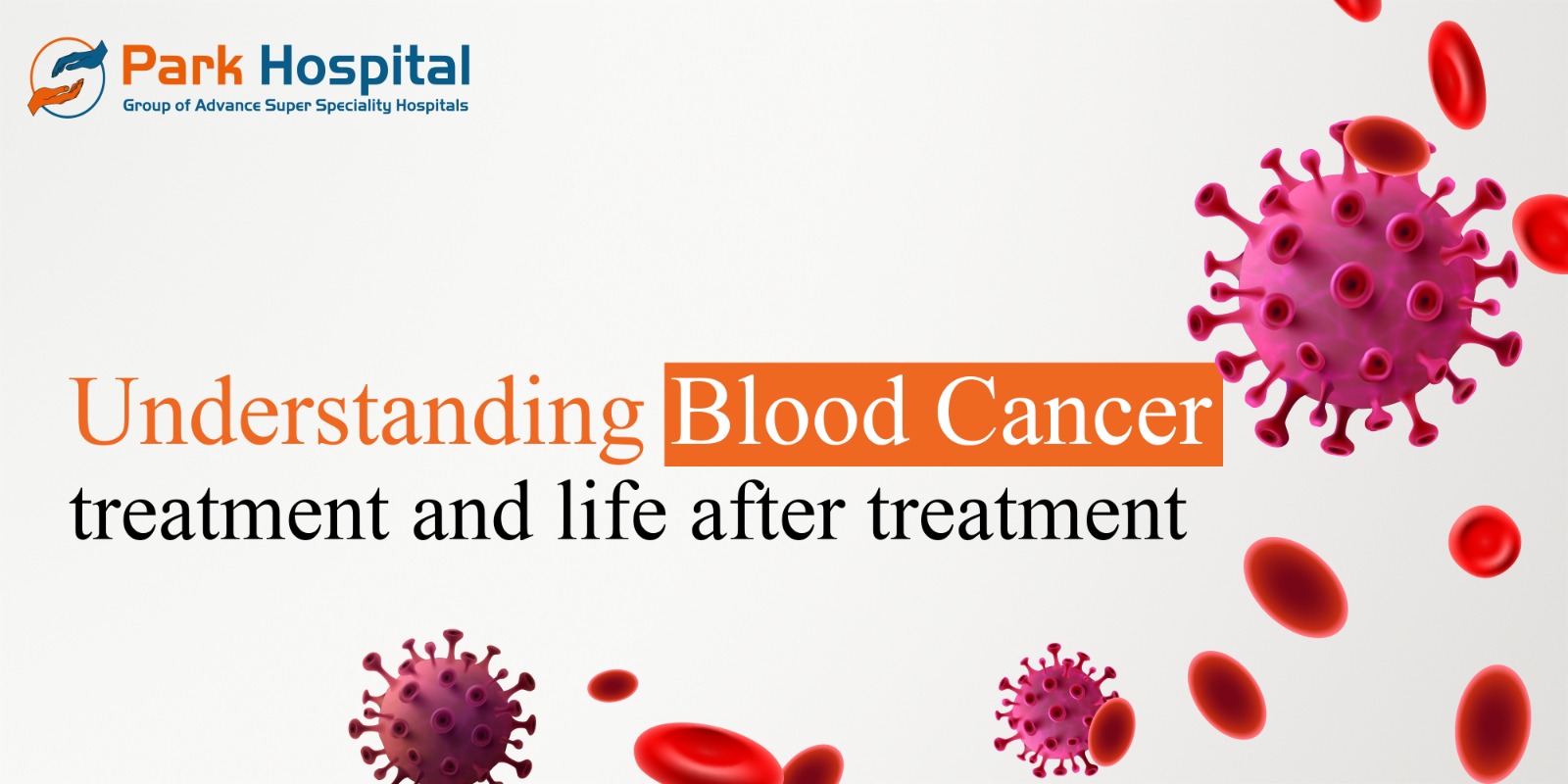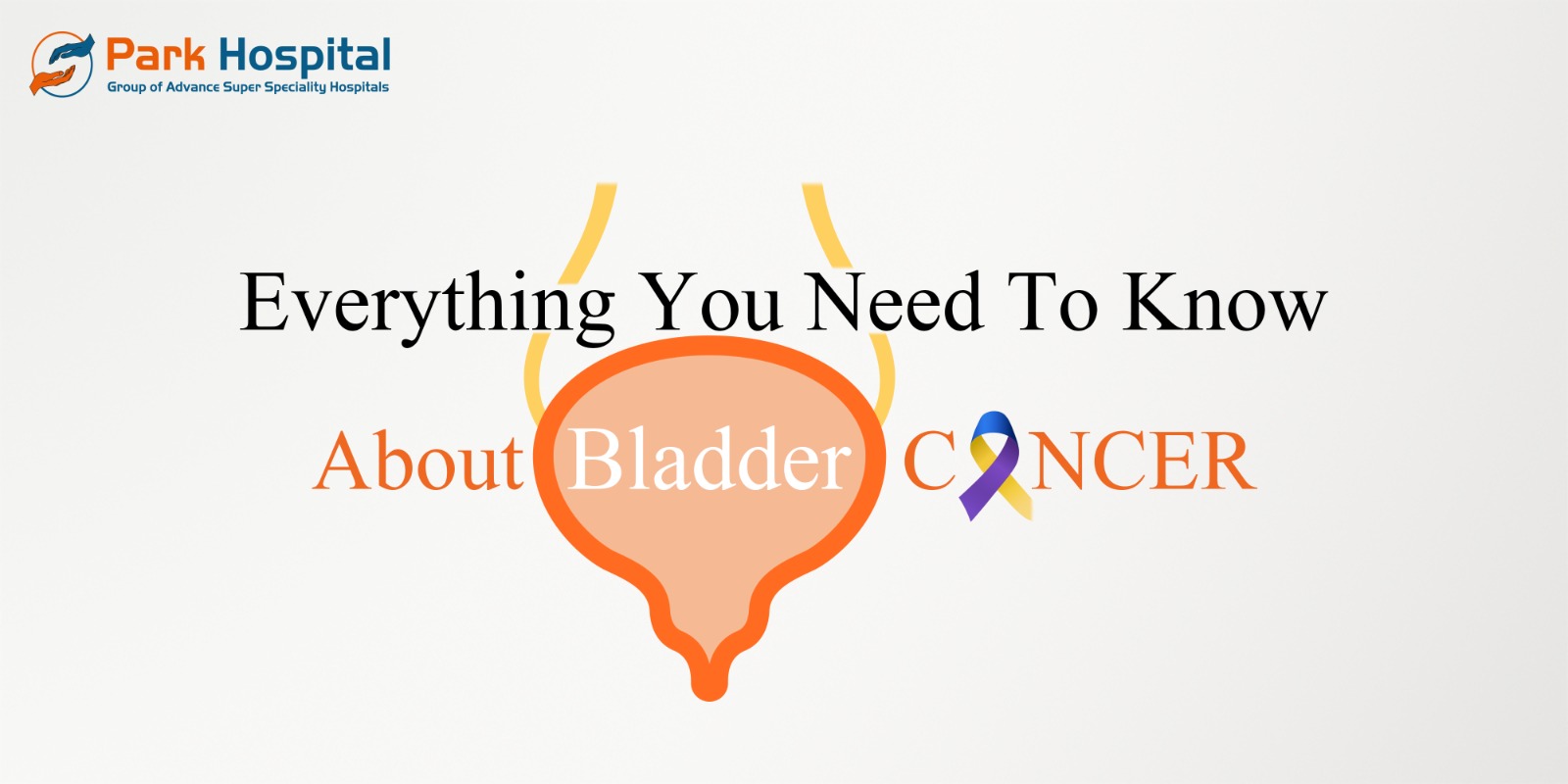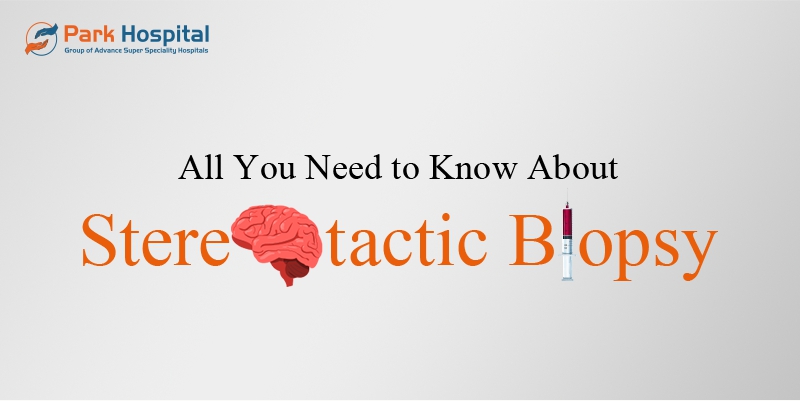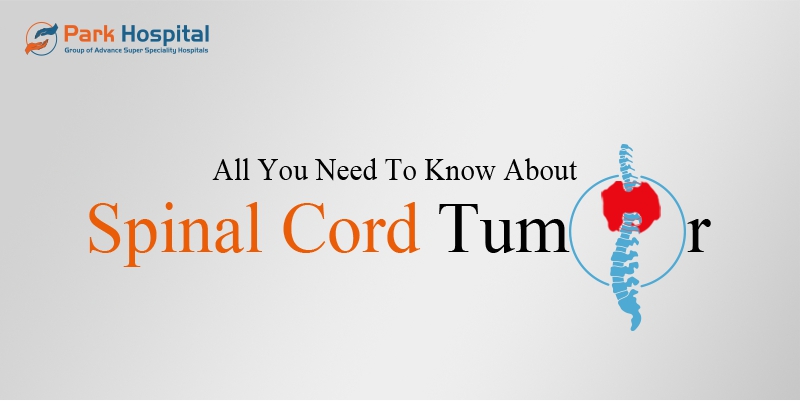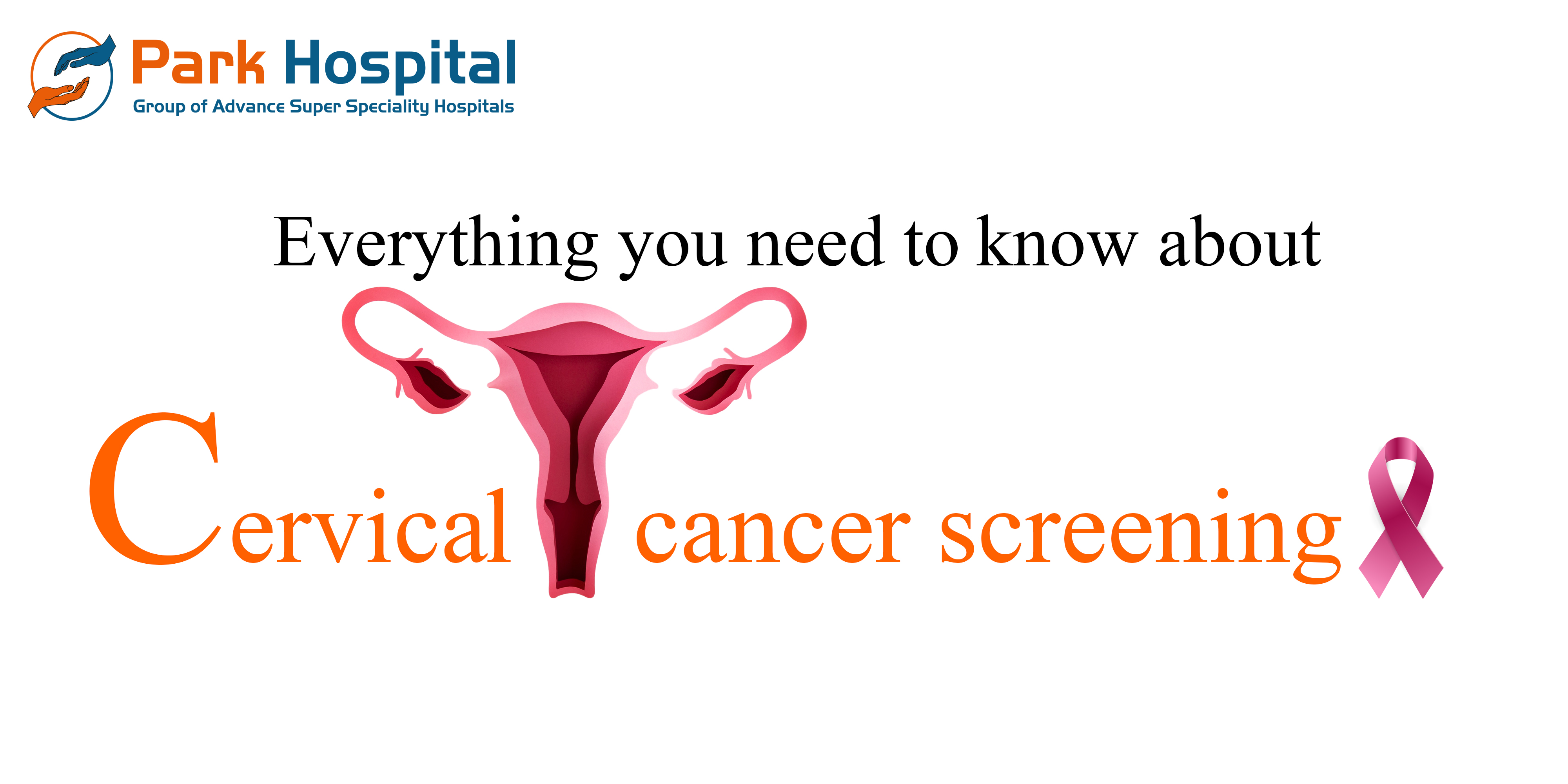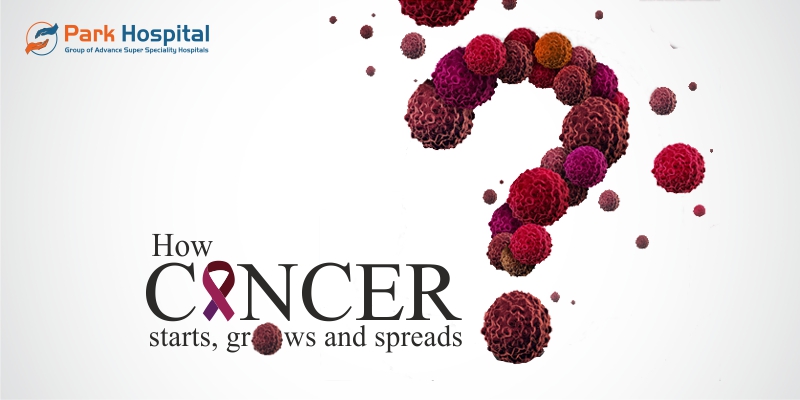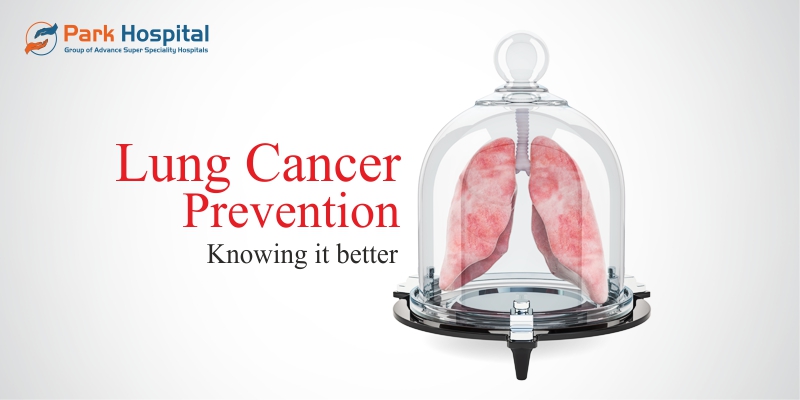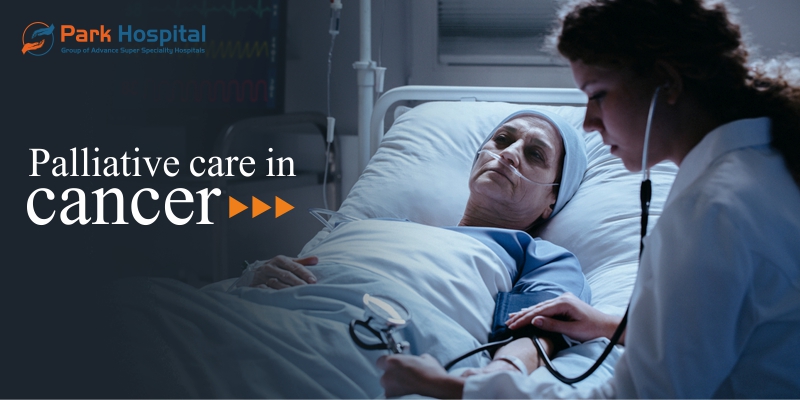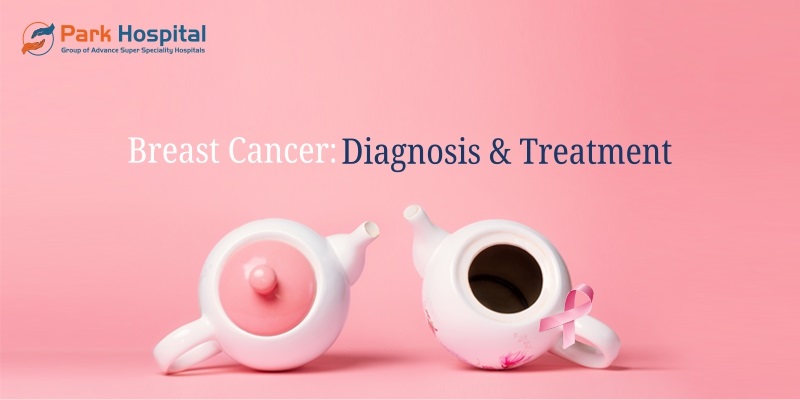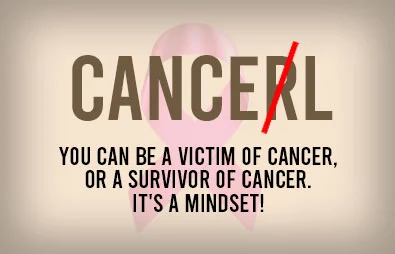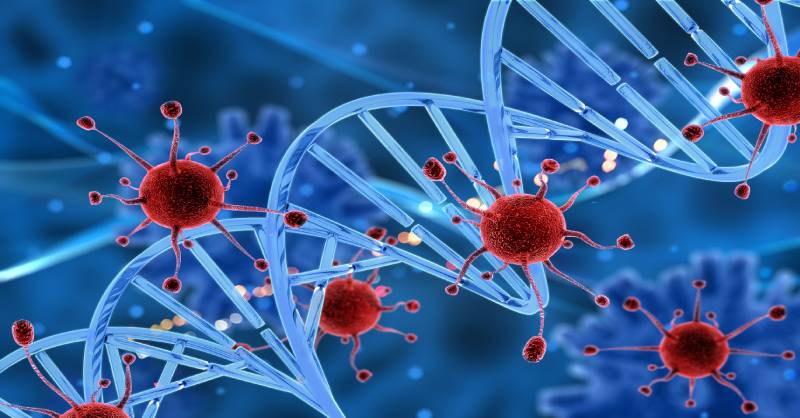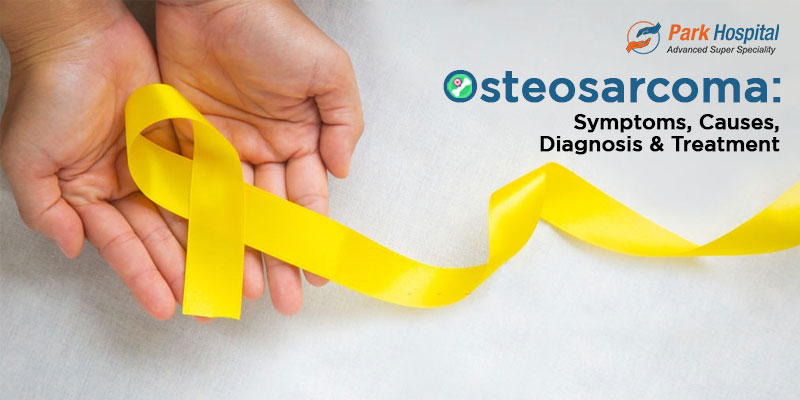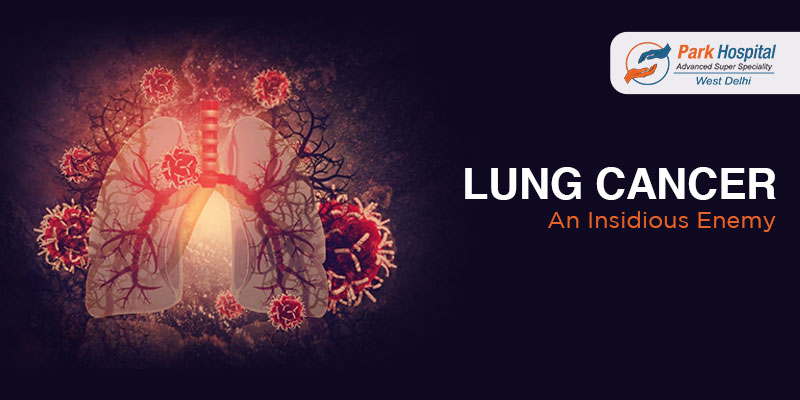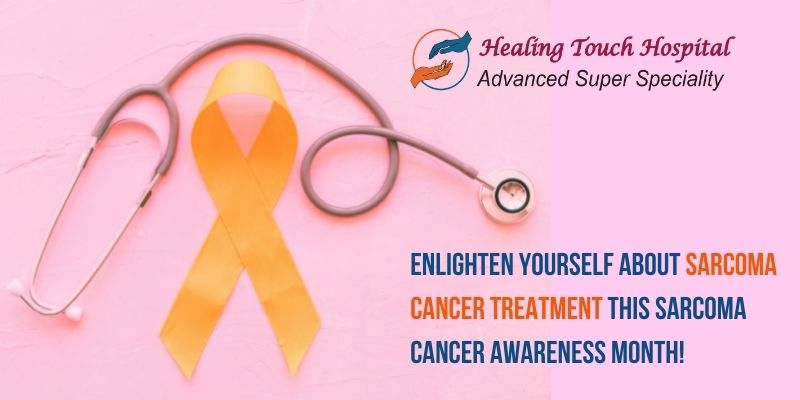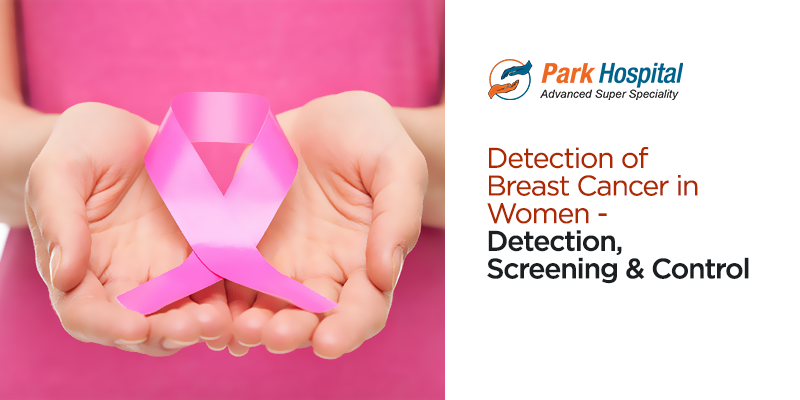Overview
Breast cancer is the most prevalent of all cancers today worldwide. Hereditary Breast and ovarian cancer (HBOC) is riskier than normal breast and ovarian cancer. 5-10% of breast cancers and 10-15% of ovarian cancers are inherited, which generally involves two genes – BRCA1 and BRCA2. In about 4% of patients, non-BRCA genes such as TP53, PTEN, CDH1, ATM, CHEK2, or PALB2 genes are involved. In India, higher mortality is due to late diagnosis and delayed treatment.
In case of family history, be proactive
When you are aware that there is a family history of breast and ovarian cancer, the first step is to be proactive and share the information with your doctor. BRCA1, BRCA2, and other mutations can be inherited from either of the parents hence information on family history of breast and ovarian cancer from both sides of your family needs to be collected and presented to the doctor. Inform your doctor if any of your close relatives had any of the following –
- Breast cancer at age 50 years or younger
- Triple-negative breast cancer
- A known BRCA1 or BRCA2 mutation
- History of multiple cancers
- Eastern European Jewish ancestry.
Hence a mammography screening is recommended after the 40s in women to screen for breast cancers. Based on family history, the person who is at risk may fall into any of the three risk categories – average risk, moderate risk, and strong risk.
How do you detect the risk category?
Your risk category can be assessed based on some family history assessment tools with an indicator score called referral threshold. A person receiving a threshold score has to be referred to the doctor.
Some tools and their referral threshold scores are as follows –
- Ontario Family History Assessment Tool
Risk Factor Points
Breast and ovarian cancer
Mother 10
Sibling 7
Second-/third-degree relative 5
Breast cancer relatives
Parent 4
Sibling 3
Second-/third-degree relative 2
Male relative (add to above) 2
Breast cancer characteristics
Onset age, y
20-29 6
30-39 4
40-49 2
Premenopausal/perimenopausal 2
Bilateral/multifocal 3
Ovarian cancer relatives
Mother 7
Sibling 4
Second-/third-degree relative 3
Ovarian cancer onset age, y
More than 40 6
40-60 4
Less than 60 2
Prostate cancer onset
Age Less than 50 y 1
Colon cancer onset
Age Less than 50 y 1
Family total
Referral More than 10
- Pedigree assessment tool
Risk Factor Score*
Breast cancer at age More than 50 y 3
Breast cancer at age Less than 50 y 4
Ovarian cancer at any age 5
Male breast cancer at any age 8
Ashkenazi Jewish heritage 4
Total
*Score for Every Family Member with Breast or Ovarian Cancer Diagnosis, Including Second-/Third-Degree Relatives
Score 8 or greater is the optimal referral threshold.
Family history risk categorization
Average:
Typically, not increased risk, similar to general population risk
Family health history
No first– or second-degree relatives with breast or ovarian cancer
or
One second-degree female relative with breast cancer (in one breast only) diagnosed after age 50
Example
Grandmother with breast cancer diagnosed at age 75
What you can do?
• Get mammograms and other breast exams as recommended by your doctor (learn more)
• Keep a healthy weight, exercise regularly, and make other choices to lower your risk (learn more)
• Discuss any concerns with your health care provider
Genetic counseling and testing for hereditary breast and ovarian cancer are not typically recommended for this type of family.
Moderate: Somewhat higher than the general population risk, but most women from these types of families will not develop breast or ovarian cancer
Family health history
One or two first– degree or two second-degree female relatives with breast cancer (in one breast only), with both relatives diagnosed after age 50
Or
One or two first– or second-degree relatives with high grade prostate cancer
Example
Mother with breast cancer diagnosed at age 68 and maternal aunt (mother’s sister) with breast cancer diagnosed at 62
Recommendation for this type of family
Taking action may be of greater benefit for women with a moderate vs. average (compared with average) risk family history.
- Get mammograms and other breast exams as recommended by your doctor (learn more), with mammograms possibly starting at an earlier age (between ages 40 and 49) for those women with a parent, sibling, or child with breast cancer2
- Keep a healthy weight, exercise regularly and make other choices to lower your risk (learn more)
- Discuss any concerns with your healthcare provider
Genetic counseling and testing for hereditary breast and ovarian cancer are unlikely to be recommended for this type of family unless the family is of Ashkenazi or Eastern European Jewish ancestry
Strong:
Not all women in these families will develop breast or ovarian cancer, but risk is much higher than that of the general population.
Family health history
One (or more) first– or second-degree relative(s) with:
Breast cancer diagnosed at age 45 or younger in women
or
Triple negative breast cancer diagnosed at age 60 or younger in women
or
Primary cancer of both breasts
or
Both breast and ovarian cancer in the same relative
or
Male breast cancer
or
Ovarian cancer
or
Two or more first– or second-degree relatives from the same side of the family with breast cancer, if at least one breast cancer was diagnosed before age 50.
or
Three or more first– or second-degree relatives from the same side of the family with breast, or high-grade prostate cancer at any age.
Example
Sister with breast cancer diagnosed at age 40
Paternal aunt (father’s sister) with breast cancer diagnosed at age 45 and paternal grandmother (father’s mother) with breast cancer diagnosed at age 55
Mother with ovarian cancer
Father with pancreatic cancer at age 55, paternal grandmother with breast cancer at age 60, and brother with high grade prostate cancer at age 60
Recommendation for this type of family
Talk with your healthcare provider about cancer genetic counseling
Genetic counseling and testing for hereditary breast and ovarian cancer - are often recommended for this type of family.
Based on these provisional screening tools a woman can have self-assessment of the risk category and accordingly consult your doctor and go for genetic testing as advised by the doctor. Early detection for women of moderate and strong risk categories could facilitate early diagnosis and if required an early treatment plan.
For preventive health checks or expert consultation, visit Park Hospital. They have the latest technology for breast cancer treatment. Their expert doctors are experienced in dealing with complex cases and successful breast cancer treatment. They are a trusted choice for cancer treatment.

